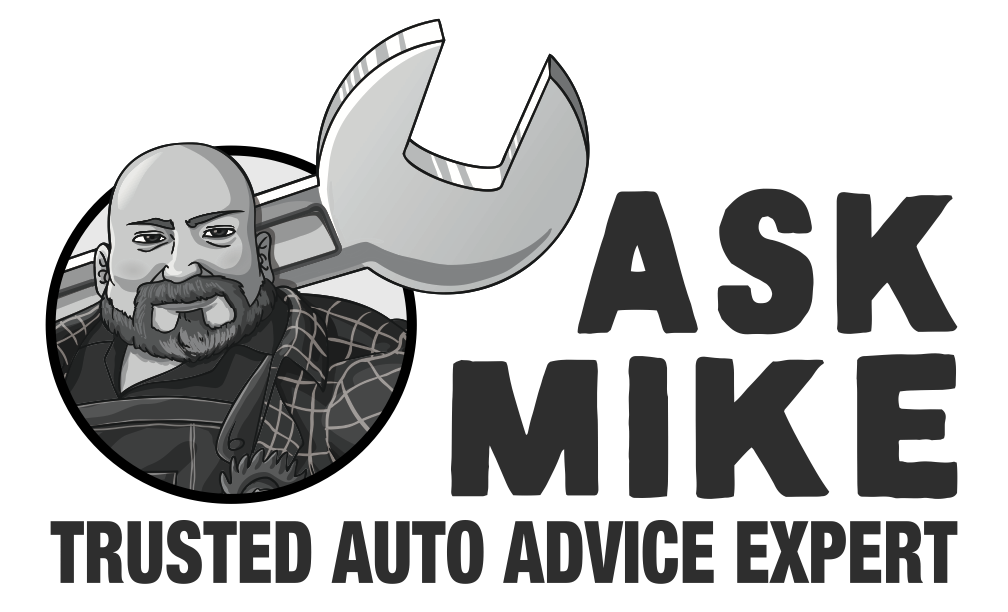Dear Mike,
I recently found out that my car has a dual clutch automatic transmission, but I’m not entirely sure what that means. Can you explain more about what it is and how it differs from a traditional automatic transmission? Also, what type of maintenance should I be doing to ensure proper function and longevity of the transmission?
Thanks in advance,
Bridgette
Hey there, Bridgette!
Ah, the dual-clutch automatic transmission – a marvel of modern automotive engineering. And also the reason why some of us who were born before the 90s feel like we’re living in the future.
So, let me break it down for you. A dual-clutch transmission (DCT) is essentially an automatic transmission that uses two clutches instead of one. This means that while one clutch is engaged and powering the car forward, the other one is pre-selecting the next gear, which results in much quicker and smoother gear changes.
Think of it like this: in a traditional automatic transmission, the torque converter takes care of the gear changes and can sometimes result in a loss of power in between shifts. With a DCT, however, the power transfer is seamless because while one clutch is disengaging, the other one is already engaging the next gear. This makes for lightning-fast shifts and a smoother driving experience overall.
But what about maintenance, you ask? Well, as with any other part of your car, it’s important to take care of your DCT and ensure proper function and longevity. Most manufacturers recommend changing the fluid between 60,000 and 80,000 km, so make sure to double-check with your service provider or vehicle service manual for your car’s specific requirements.
Remember that this fluid is specially designed for DCTs, so don’t try to use any old transmission fluid you can find on the shelf – it won’t work! Using the proper fluid is crucial for peak performance and to avoid premature wear and tear on this complex and amazing piece of technology.
Now, you might be thinking that a DCT sounds like a dream come true – and you’re not wrong. But, as with anything, there are always some downsides to consider. One of the major drawbacks of DCTs is the potential for jerky low-speed operation, which can feel unnatural and annoying for some drivers. This is caused by the same quick-shifting technology that makes DCTs so great at high speed. If you find yourself frustrated with the feel of your DCT at low speeds, it’s important to remember that it’s just the nature of the beast.
There you have it, Bridgette – everything you wanted to know (and a little bit more) about dual-clutch automatic transmissions. Keep on driving and taking care of your car, and you’ll be enjoying the benefits of this amazing innovation for years to come. And if you ever have any other questions, don’t hesitate to reach out!
Sincerely,
Mike Urban
